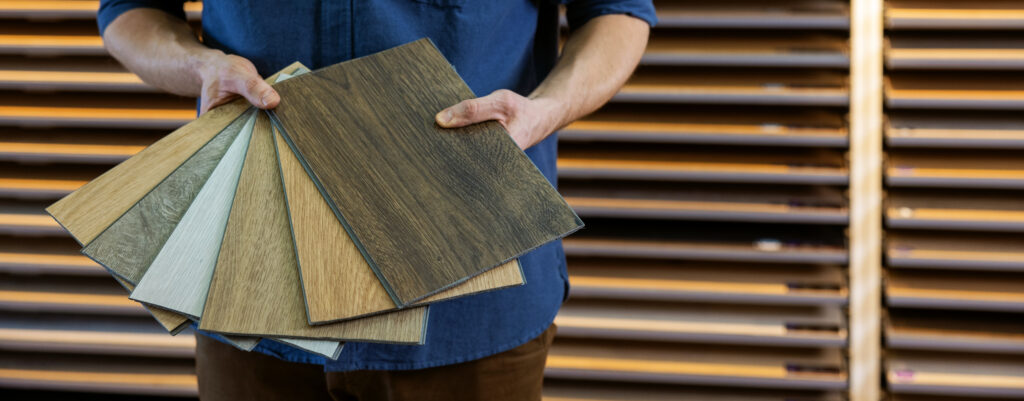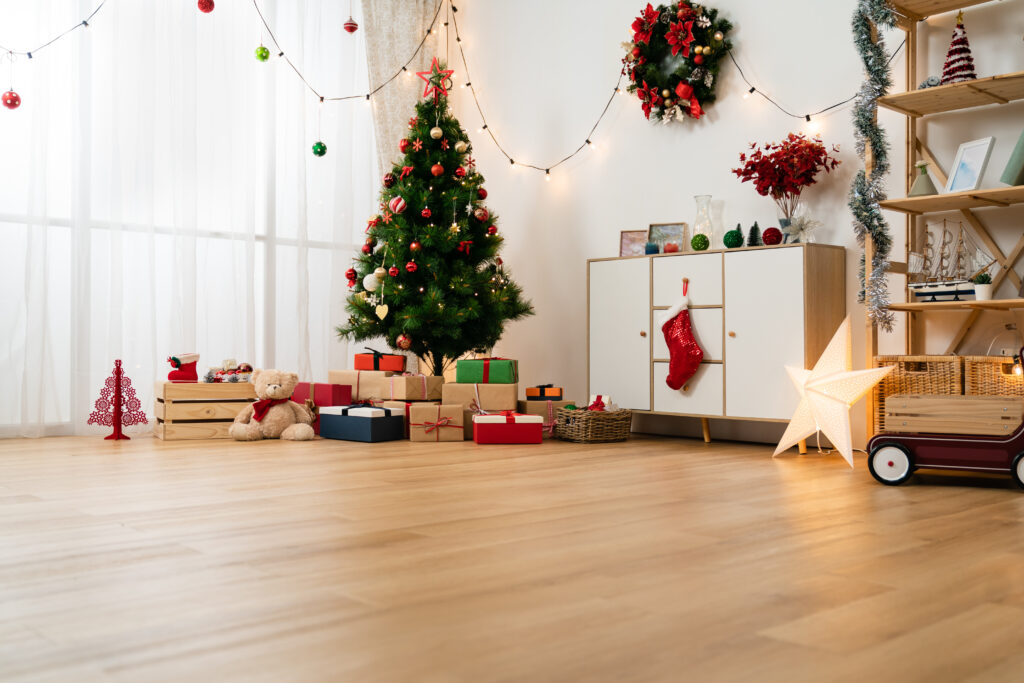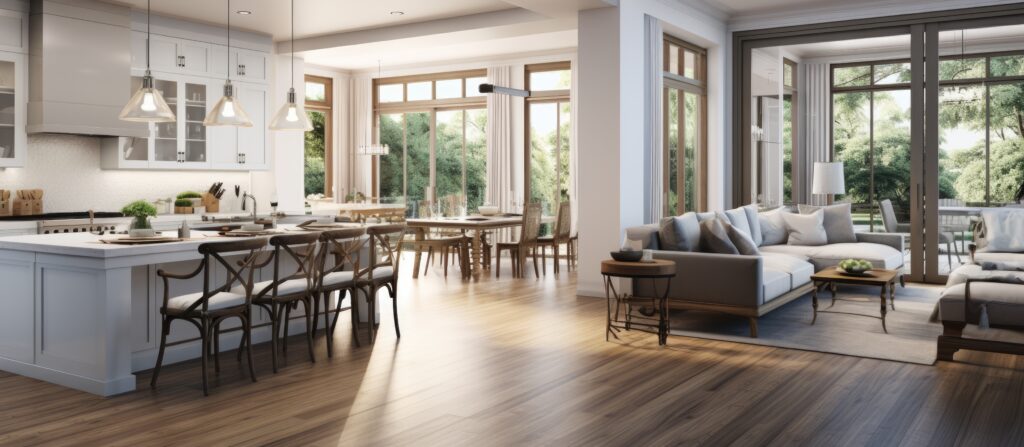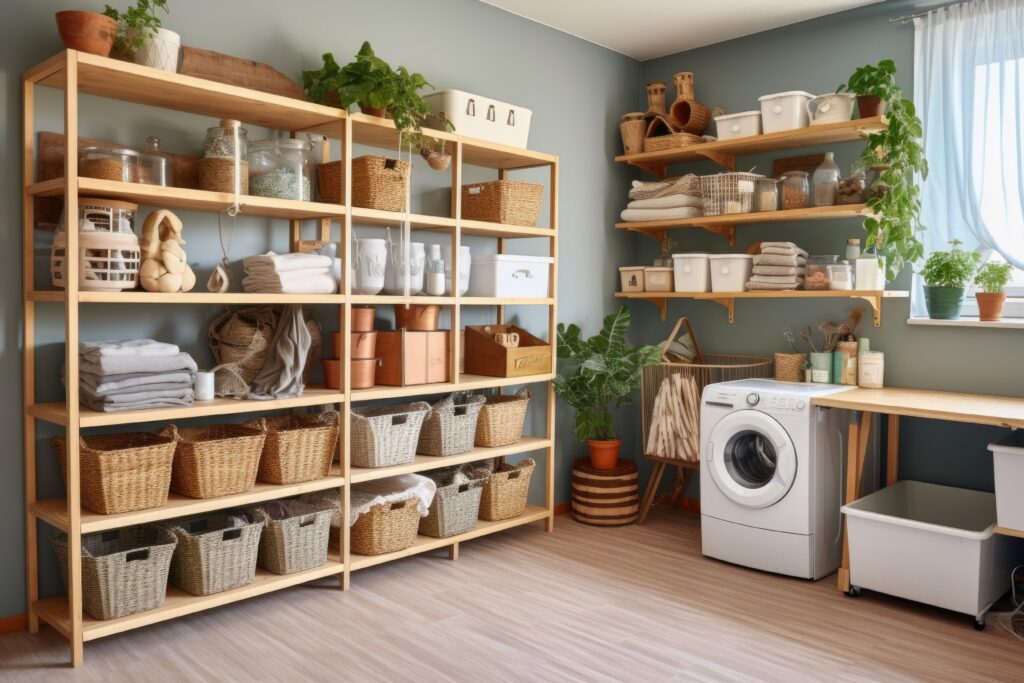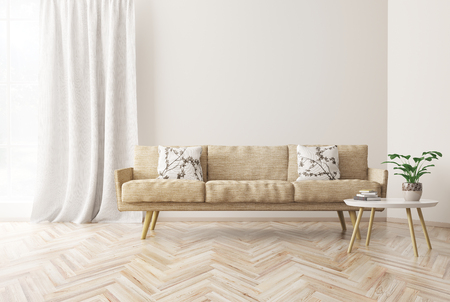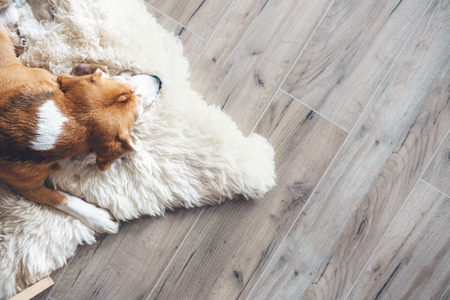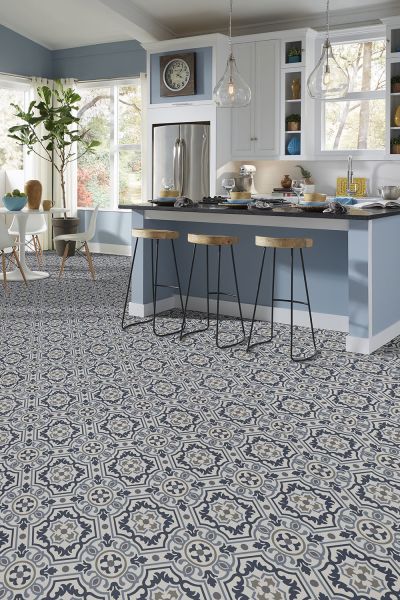Best Flooring Options for Hot and Dry Climates: A Las Vegas Guide

Living in Las Vegas comes with its unique set of challenges—and flooring is no exception. The extreme desert heat, low humidity, and dusty environment require flooring solutions that are not only stylish but also durable and functional. The good news? There are plenty of flooring options that can withstand the scorching temperatures while maintaining a cool and comfortable indoor space. In this guide, we’ll explore the best flooring choices for hot and dry climates and provide expert tips on maintenance and style trends tailored to Las Vegas living.
Why Climate Matters in Flooring Selection
Las Vegas is known for its sizzling summers, with temperatures often soaring above 100°F. These intense conditions can wreak havoc on certain types of flooring, causing warping, cracking, and fading. Additionally, the dry air can lead to gaps between floorboards, especially with traditional hardwood. Therefore, choosing the right flooring material is crucial to ensure longevity and minimal maintenance.
The ideal flooring for Las Vegas should be:
- Heat-resistant to prevent warping or discoloration.
- Durable to withstand foot traffic and abrasive desert dust.
- Low-maintenance for easy cleaning in a dusty environment.
- Stylish and Cool to create a comfortable indoor oasis.
Let’s take a look at the top flooring options that check all these boxes.
1. Tile Flooring: The Desert’s Best Friend
Why It Works in Las Vegas:
Tile is a top choice for desert climates due to its exceptional durability and heat resistance. It stays cool underfoot, even during the hottest summer days, making it perfect for maintaining a comfortable indoor environment.
Best Tile Options for Las Vegas:
- Porcelain Tile: Known for its density and water resistance, porcelain tile is ideal for high-traffic areas and humid spots like kitchens and bathrooms. Its durability makes it perfect for resisting scratches and fading from intense sunlight.
- Ceramic Tile: A cost-effective alternative to porcelain, ceramic tile is also heat-resistant and easy to clean, though slightly less durable.
- Natural Stone Tile (Travertine, Slate, Marble): These premium options add a luxurious touch to any space. They are naturally cool and resistant to the desert’s dry heat but require periodic sealing for maintenance.
Style Tips:
- Go for light, earthy tones like beige, sand, or cream to reflect heat and keep your home cooler.
- Consider large-format tiles to minimize grout lines, creating a seamless, spacious look.
- Textured tiles or those with a matte finish are ideal for reducing glare from abundant natural light.
2. Luxury Vinyl Plank (LVP): Durable and Stylish
Why It Works in Las Vegas:
Luxury vinyl plank is quickly becoming a favorite in Las Vegas homes thanks to its incredible durability and versatility. It mimics the look of hardwood but is designed to withstand extreme temperatures without expanding, contracting, or fading.
Advantages of LVP in Hot and Dry Climates:
- Heat and UV Resistance: Modern LVP is engineered to resist warping and fading, even in sun-drenched rooms.
- Waterproof and Scratch-Resistant: Perfect for homes with kids, pets, or high foot traffic.
- Low Maintenance: Easy to clean and maintain in dusty environments, requiring just a quick sweep or mop.
Style Tips:
- Choose light wood-look finishes like ash, oak, or driftwood for a breezy, desert-inspired look.
- Opt for wide planks to create an open, airy feel in living spaces.
- For a modern twist, explore stone-look LVP that mimics the elegance of marble or slate.
3. Engineered Hardwood: Classic Elegance with Desert Durability
Why It Works in Las Vegas:
While solid hardwood may not fare well in extreme temperatures, engineered hardwood is an excellent alternative. It’s made with a layered construction that offers enhanced stability and resistance to warping or cracking caused by temperature fluctuations.
Benefits of Engineered Hardwood:
- Dimensional Stability: The layered design makes it more resistant to expansion and contraction compared to solid wood.
- Natural Beauty: Retains the authentic look and feel of real hardwood, adding warmth and elegance to any room.
- Versatility in Installation: Can be installed above or below grade, making it suitable for all levels of the home.
Style Tips:
- Select lighter wood tones like blonde oak or maple to complement the desert aesthetic and maintain a cool atmosphere.
- Matte finishes help minimize the appearance of dust and smudges common in dry climates.
- Consider a distressed or wire-brushed texture for a rustic, Southwest-inspired look.
4. Laminate Flooring: Cost-Effective and Stylish
Why It Works in Las Vegas:
Laminate flooring offers the look of hardwood at a fraction of the cost, making it a budget-friendly choice for desert homes. Modern laminates are highly durable and resistant to fading, scratches, and wear, making them suitable for busy households.
Advantages of Laminate Flooring:
- Fade and Heat Resistance: High-quality laminate is treated to resist UV rays, preventing discoloration from sunlight.
- Scratch and Water Resistance: Ideal for households with pets and children.
- Easy Maintenance: Dust and dirt can be quickly swept away, keeping the floors looking pristine.
Style Tips:
- Light-colored laminates in shades of gray or whitewashed wood are on-trend and help reflect heat.
- Textured finishes add dimension and authenticity, making laminate almost indistinguishable from real wood.
- Wide plank styles complement open floor plans, enhancing the sense of space.
5. Carpet: Cozy Comfort in Select Spaces
Why It Works in Las Vegas:
While carpet may not be the first choice for desert climates, it’s a great option for specific areas like bedrooms where comfort and warmth are prioritized. Modern carpets are designed to resist fading and are easy to maintain, even in dusty environments.
Best Carpet Choices for Desert Living:
- Nylon Carpet: Highly durable, stain-resistant, and retains its color even under direct sunlight.
- Triexta Carpet: Known for its exceptional softness and resilience, Triexta is also eco-friendly and stain-resistant.
- Low-Pile Berber or Loop Carpets: These styles are easier to clean and trap less dust compared to high-pile varieties.
Style Tips:
- Opt for neutral tones like beige, taupe, or soft grays that blend with desert-inspired interiors.
- Consider patterned carpets to add visual interest while concealing dust and dirt.
- Use carpet strategically in bedrooms and low-traffic areas to balance comfort and functionality.
Maintenance Tips for Flooring in Desert Climates
- Regular Cleaning: Dust and sand are common in desert regions. Use a microfiber mop or vacuum with a HEPA filter to keep floors clean without scratching.
- Sun Protection: Use blinds, curtains, or UV window films to protect floors from sun damage and fading.
- Humidity Control: Using a humidifier can prevent wood floors from drying out and cracking.
- Routine Sealing: For natural stone tiles, apply a protective sealant to enhance durability and stain resistance.
Final Thoughts: Style Meets Functionality in Las Vegas
Choosing the right flooring for your Las Vegas home is about balancing style, comfort, and practicality. Whether you prefer the timeless elegance of engineered hardwood, the durability of luxury vinyl plank, or the cool comfort of tile, there’s a perfect flooring solution for every room. By selecting heat-resistant, fade-proof, and low-maintenance materials, you can enjoy a beautiful and comfortable home, even in the desert’s most extreme conditions.
Ready to transform your home with flooring that’s built to last in Las Vegas? Visit our showroom in Boca Park or click here to get started on our website: https://www.carpetsnmore.com/shop-at-home

